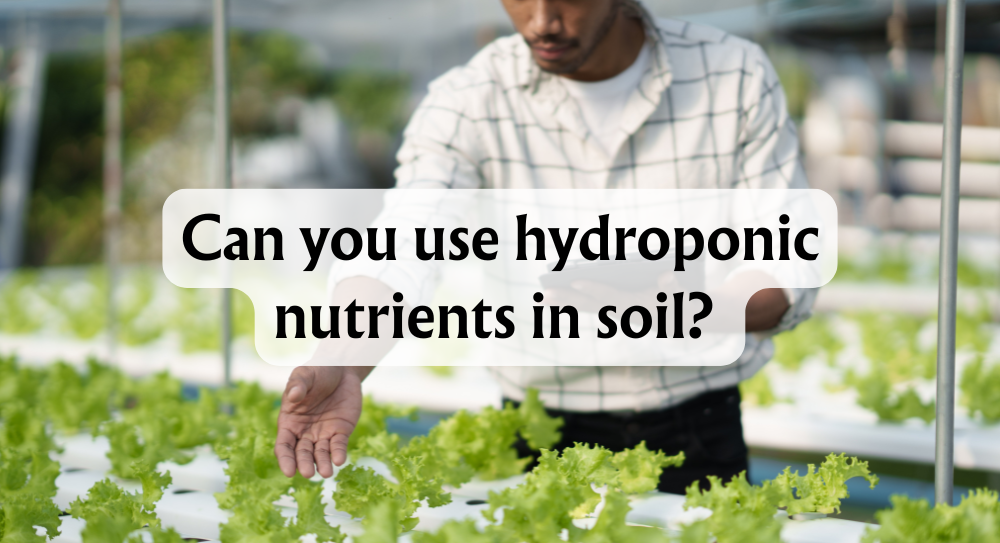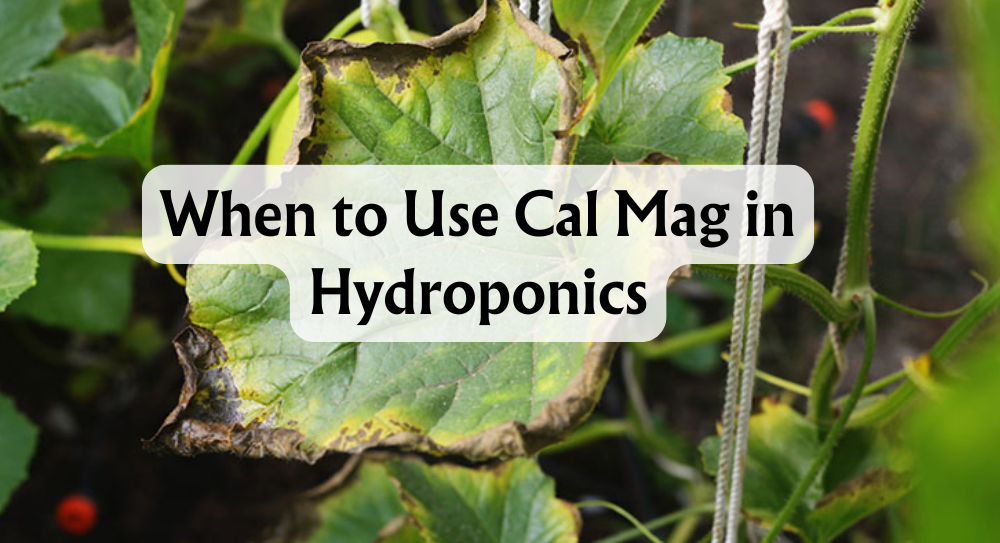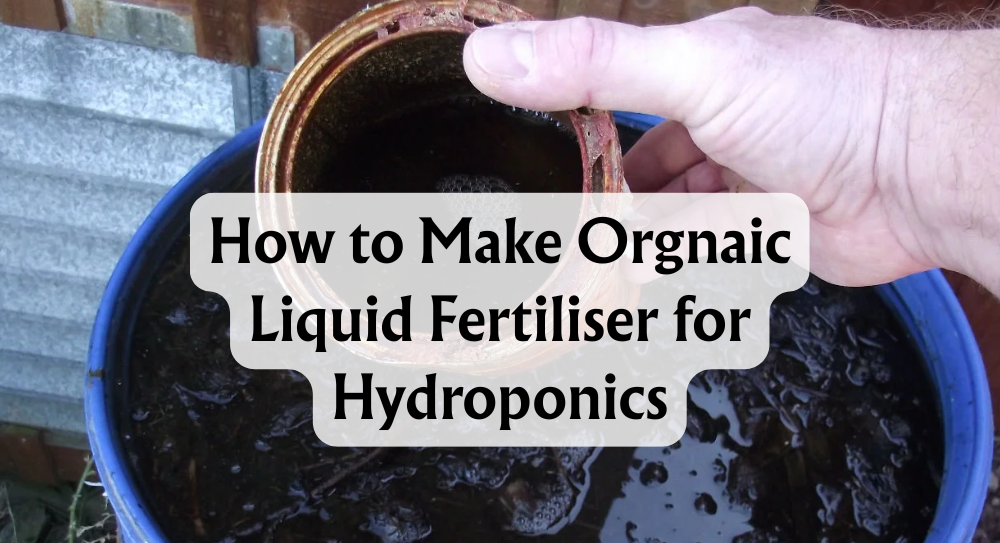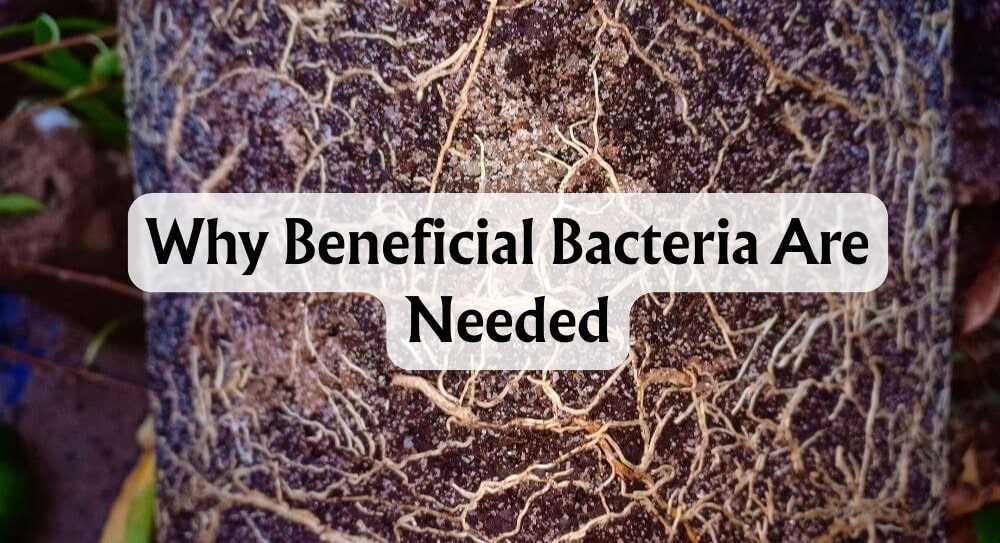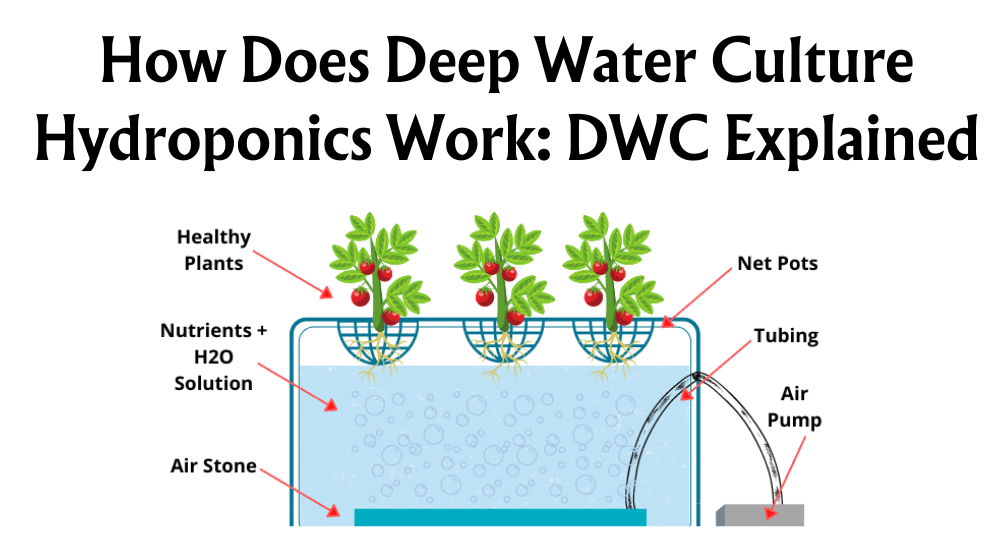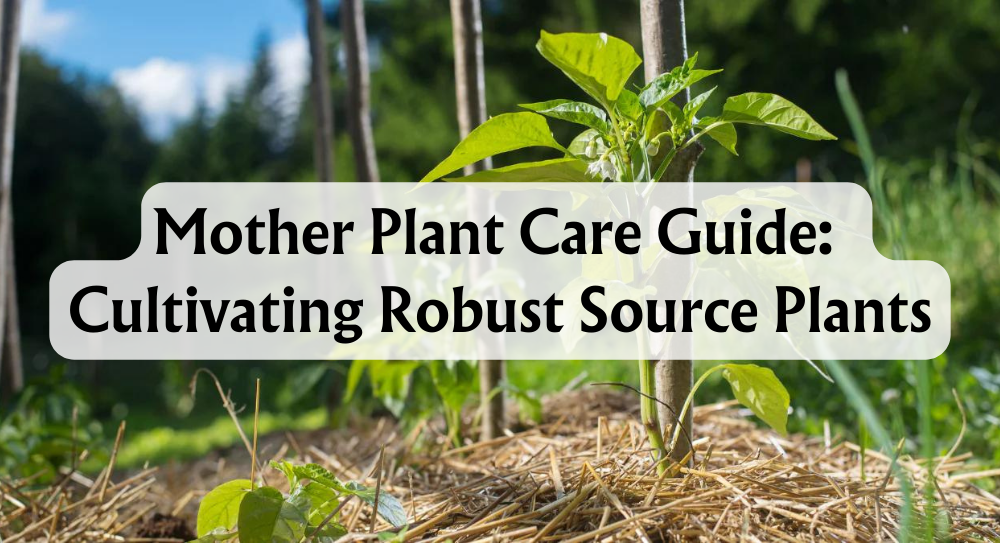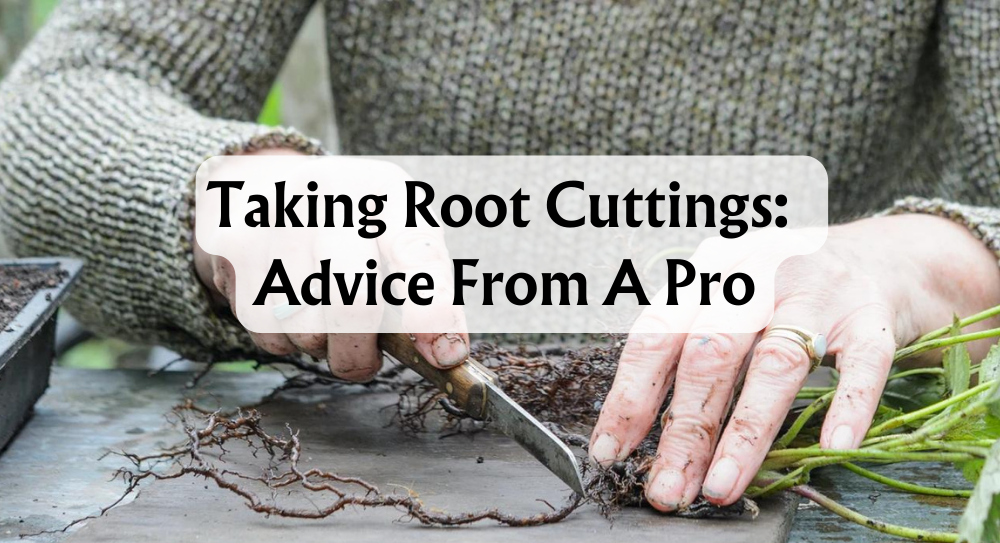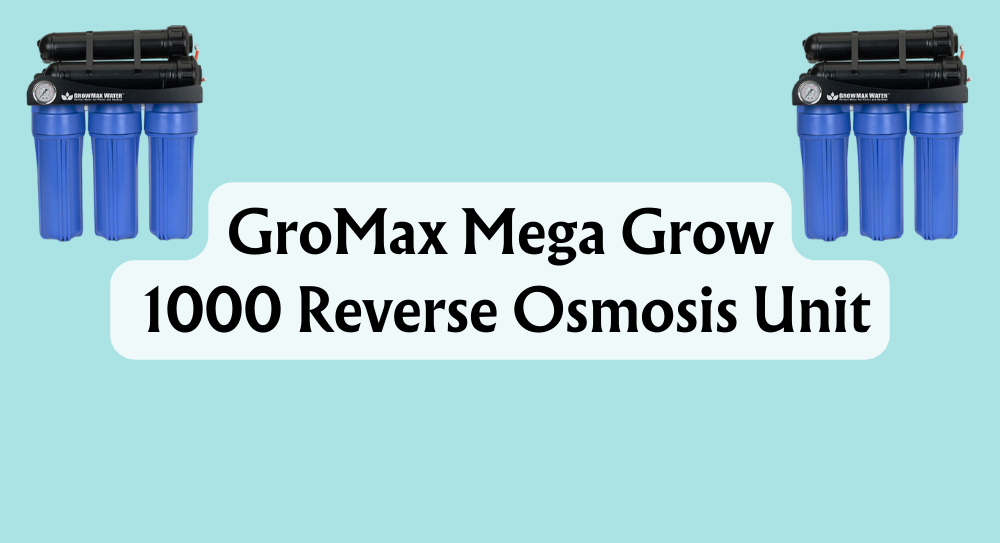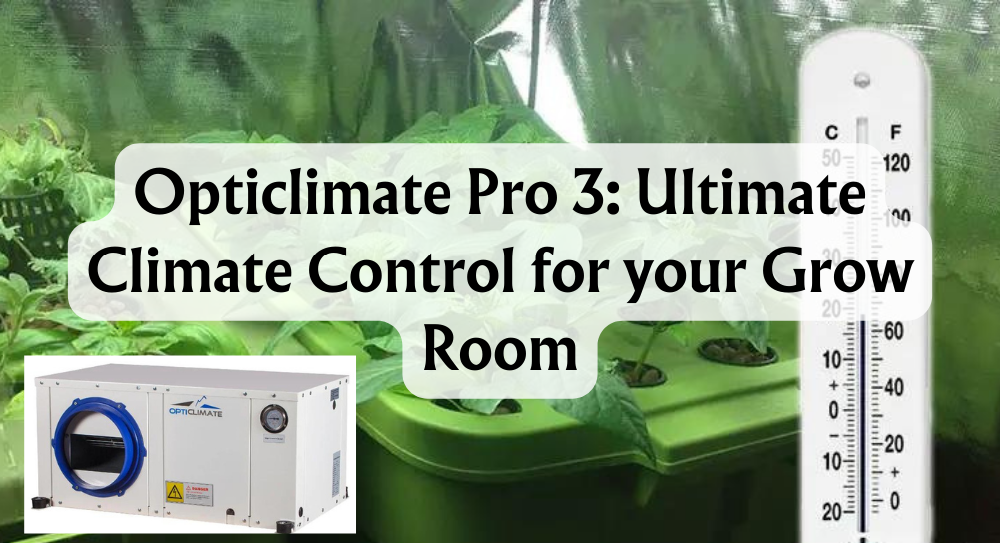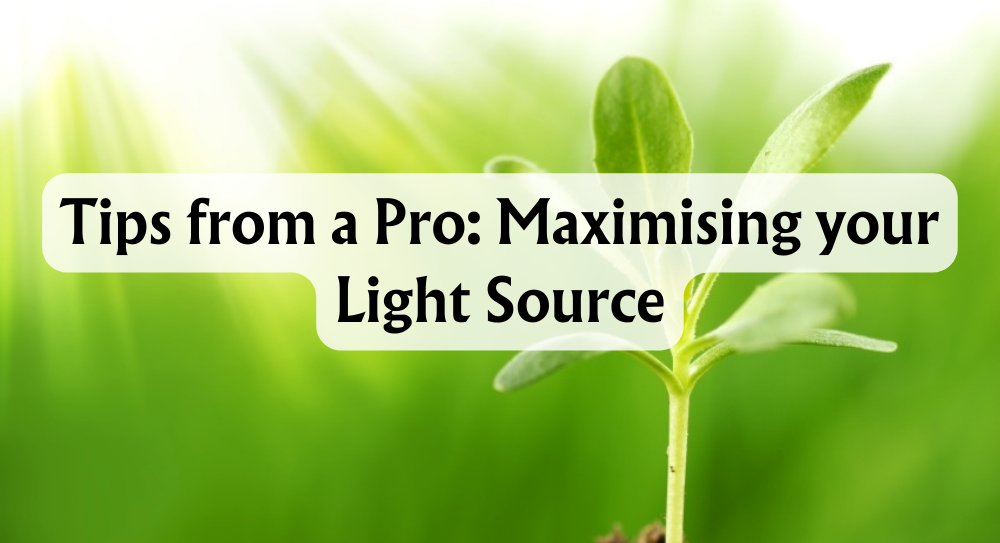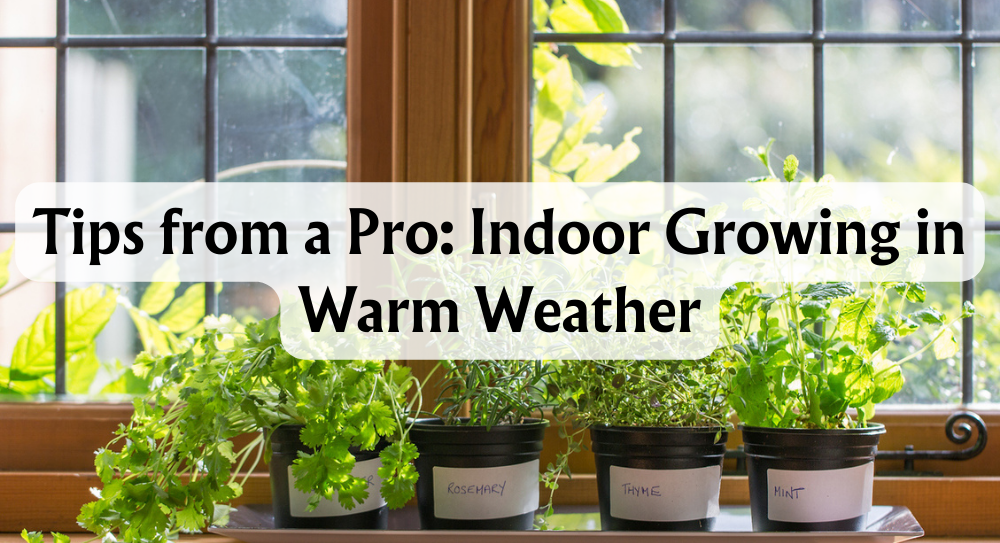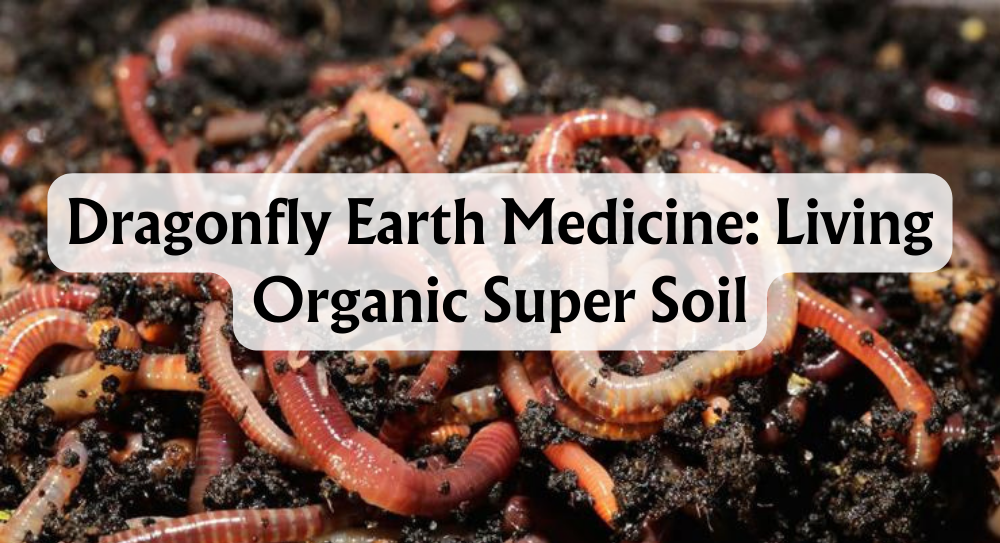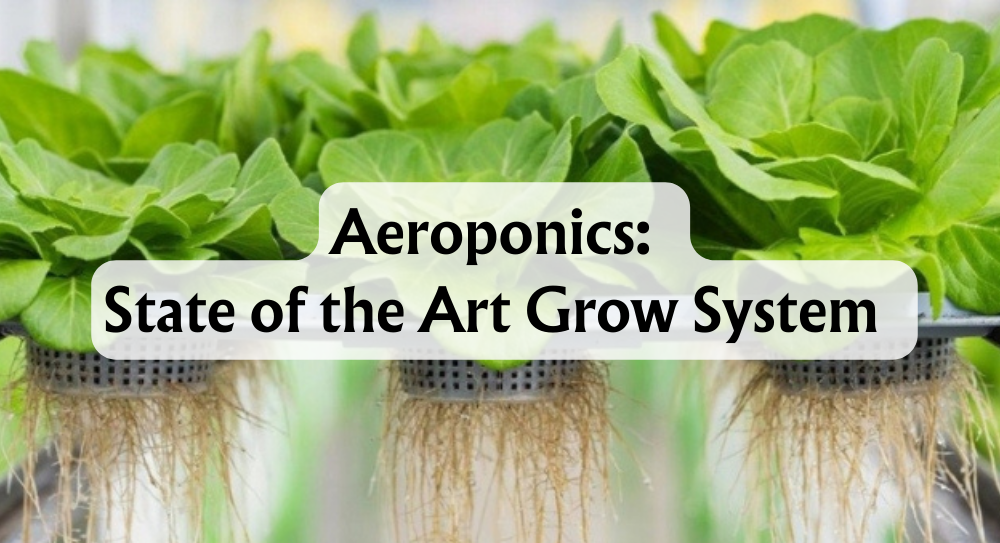Curiosity among gardeners is growing around the idea of cross-using hydroponic and soil nutrients. This interest has sparked many to explore whether hydroponic fertilisers can be effectively used in soil-based gardening. Yes, hydroponic fertilisers can indeed be used in soil, although adjustments are crucial to ensure they benefit plant growth without causing harm. We aim to help gardeners like us understand how to make the most of hydroponic fertilisers in soil environments.
As gardening enthusiasts, we know that the nutrients plants receive in hydroponic systems differ from those typically applied in soil. Hydroponic nutrients are water-soluble and designed for a different growing environment, making them quite distinct. By navigating these differences, we can maximise the potential benefits and avoid any pitfalls when using them in our gardens.
Understanding when and how to apply these nutrients can transform our gardening practices. Whether you’re a grower aiming for improved plant growth, better yields, or heightened nutrient density, careful application of hydroponic fertilisers in soil may provide a valuable edge. Let's explore how to achieve this balance for flourishing gardens.
Key Takeaways
- Hydroponic fertilisers can be used in soil with proper adjustments.
- Key distinctions exist between hydroponic and soil nutrients.
- Careful application can enhance plant growth and yields.
What Are Hydroponic Nutrients
Hydroponic nutrients are essential elements dissolved in water specifically for hydroponic systems. These nutrients support plant growth without using soil. Our focus is on precise ratios of macro and micronutrients designed to be highly available for plant uptake. This approach ensures efficient and robust growth in soilless environments.
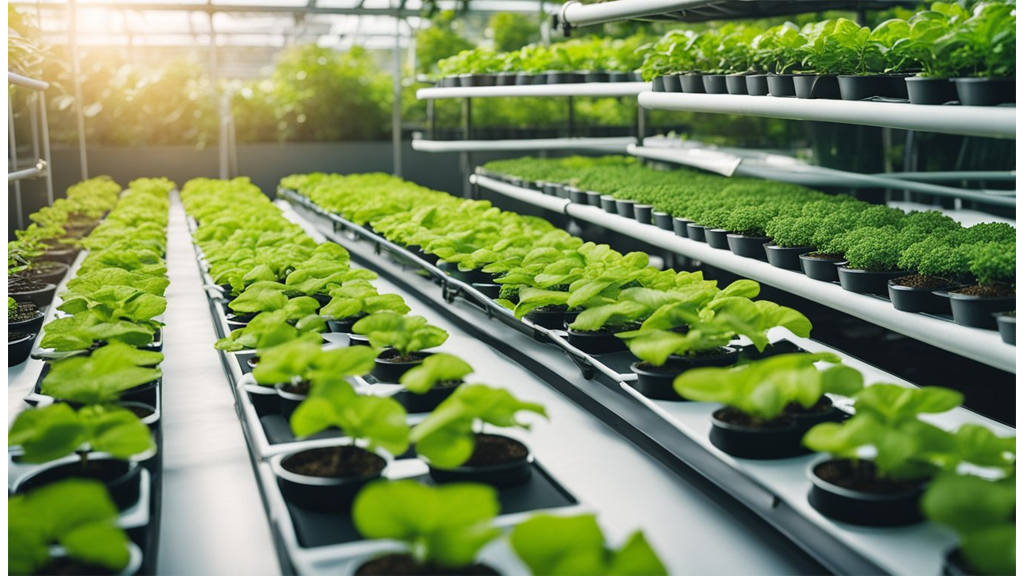
Definition and Composition
- Macronutrients: These include nitrogen (N), phosphorus (P), and potassium (K), often listed as N-P-K. They form the backbone of our nutrient solution.
- Micronutrients: These are essential too, though required in smaller amounts. They include calcium, magnesium, and trace elements like iron, zinc, and manganese.
Hydroponic nutrients are available as liquid concentrates or soluble powdered mixes. We find these forms convenient as they allow easy preparation and dosage adjustments.
How Hydroponic Nutrients Work
Our hydroponic solutions are designed for immediate absorption through the water. In contrast to traditional soil-based fertilizers, these nutrients lack organic matter, which some plants may not need in hydroponic environments. This feature makes them efficient for rapidly growing hydroponic plants.
Difference Between Soil And Hydroponic Nutrients
When comparing soil and hydroponic nutrients, the contrast begins with their composition.
Soil-based fertilisers often include organic matter and slow-release nutrients beneficial for sustainable plant growth. These nutrients require microorganisms to break them down into a form plants can absorb. This means soil applications tend to support a thriving ecosystem of helpful microbes.
In contrast, hydroponic nutrients are designed for immediate absorption. They're water-soluble, allowing plants to take in nutrients directly. This immediate availability is crucial as hydroponic systems bypass soil interactions entirely, delivering nutrients straight to plant roots.
Key Distinctions:
-
Soil Nutrients:
- Incorporate organic materials.
- Offer slow nutrient release.
- Rely heavily on microbial activity for processing.
-
Hydroponic Nutrients:
- Water-soluble and fast-acting.
- Focus only on plant absorption without microbial processing.
In traditional soil cultivation, microbes play a vital role in nutrient acquisition. Soil microorganisms help convert complex nutrients into simpler forms that plants can readily use.
Meanwhile, in hydroponics, plants depend on nutrient solutions that don't require microbial breakdown. Each method has its own set of principles based on nutrient delivery and absorption, reflecting the diverse approaches to plant nutrition in different growing environments.
How To Use Hydroponic Nutrients In Soil
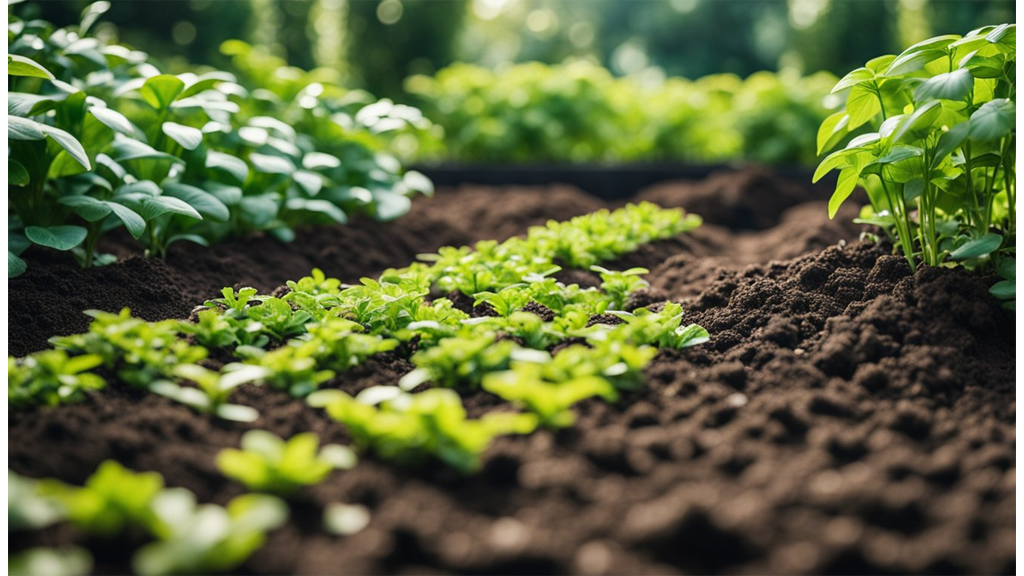
Basic Guidelines for Using Hydroponic Fertilisers in Soil
When using hydroponic nutrients in soil, dilution is crucial. We recommend diluting the nutrient solution to half or even a quarter strength to prevent over-fertilisation.
Application Methods:
- Watering Can Technique: Apply the diluted solution using a watering can. Make sure to water evenly around the base of the plant.
- Foliar Spray: For certain plants, a foliar spray might be effective. Spray a light mist onto the leaves to allow direct absorption.
Frequency of Use:
Use hydroponic nutrients sparingly to maintain a good nutrient balance. Overuse can lead to nutrient imbalances and harm soil-grown plants.
Step-by-Step Tutorial for Application
- Test the Soil pH: Ensure the soil pH is between 6.0–7.0 before starting. This supports optimal nutrient availability.
- Mix the Nutrient Solution: Combine the hydroponic nutrients with water at reduced strength.
- Apply the Solution: Water the plants gently, taking care not to over-saturate the soil.
- Monitor Plant Response: Observe changes over the next few days to adjust nutrient delivery.
Best Scenarios for Using Hydroponic Nutrients in Soil
Hydroponic nutrients are particularly useful for emergency plant recovery, such as quickly correcting deficiencies. They also work well in seasonal gardening experiments, utilising leftover nutrient solutions effectively.
Keep an eye on electrical conductivity to ensure an appropriate nutrient balance. With careful management, we can bridge the gap between hydroponic solutions and soil-based gardening techniques.
Benefits Of Using Hydroponic Nutrients In Soil

Immediate Nutrient Availability
When we use hydroponic nutrients in soil, plants receive nutrients more quickly than with traditional soil fertilisers. This rapid delivery can be particularly beneficial for crops like tomatoes and peppers, leading to healthier plants and potentially better yields.
Precision in Nutrient Ratios
Hydroponic nutrients allow us to tailor the nutrient mix to each plant’s growth stage, whether they're in their flowering or vegetative phase. This precision helps optimise nutrient uptake, enhancing the growth and nutrient absorption for plants such as herbs and flowers.
Easy to Use with Proper Knowledge
For gardeners familiar with hydroponics, the transition to soil using hydroponic nutrients is straightforward. Mixing and applying these nutrients is simple, making it an accessible option for those of us already equipped with hydroponic skills.
Reducing Waste
Reusing hydroponic nutrients in soil minimises waste, which is an advantage for both the environment and sustainability. This efficient use of resources boosts plant health and maintains a balanced environment for soil-based plants.
Enhancing Microbial Activity
Integrating hydroponic nutrients can improve the microbial activity in soil, which plays a crucial role in nutrient density and plant health. Enhancing this balance can lead to increased nutrient uptake for plants including tomatoes, peppers, and herbs, fostering more robust growth.
Drawbacks Of Using Hydroponic Nutrients In Soil
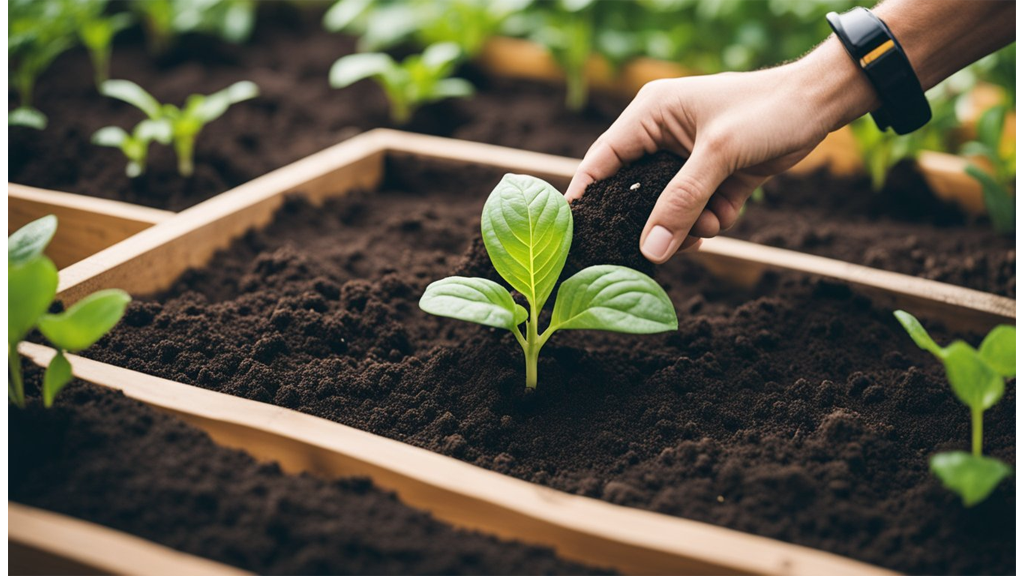
Risk of Over-Fertilisation
One main issue we encounter with hydroponic nutrients in soil is the risk of over-fertilisation. These nutrients often contain higher concentrations which can burn plant roots or foliage. This damage can result in inhibited growth or even plant death if not carefully monitored.
Imbalance in Soil Microbiology
The use of hydroponic nutrients can upset the delicate balance of soil microbiology. Beneficial microbes, essential for healthy plant development, may be adversely affected by these concentrated solutions. Reduced microbial activity can lead to lesser nutrient availability and poorer plant health.
Cost Considerations
From our experience, hydroponic nutrients are generally more expensive than traditional soil fertilisers. This can lead to higher costs for soil gardening operations when using hydroponic solutions. Careful financial planning and comparisons with alternative products are crucial to maintain cost-effectiveness.
Nutrient Deficiencies and Lockout
Hydroponic nutrients, though rich, might not perfectly match soil requirements. Incorrect application can lead to nutrient deficiencies or lockout, where certain nutrients become inaccessible to plants. This can impede plant growth and necessitate additional corrective measures.
In short, while hydroponic nutrients are effective in hydroponics, their use in soil presents challenges, from over-fertilisation risks to monetary considerations. It’s essential to consider these factors carefully to maintain healthy soil environments.
Things To Consider
When using hydroponic fertilisers in soil, there are a few important factors to keep in mind.
Test the soil. Before adding any fertiliser, we should test the soil pH and nutrient levels. Knowing the current condition helps ensure that our plants get the right nutrients without causing imbalances.
Nutrient adjustment is crucial. Hydroponic fertilisers are more concentrated than typical soil fertilisers. Using an expert or a nutrient calculator helps us find the ideal dilution ratios, ensuring our plants receive balanced nutrition.
Monitoring plant health is essential. Watching for signs like yellowing leaves or stunted growth can indicate nutrient deficiencies or toxicities. These observations can guide us in adjusting our fertiliser use.
Having the right tools makes a difference. pH meters and soil testers are invaluable for accurate assessments. Proper watering cans or drip irrigation systems help to distribute nutrients evenly across our garden.
The structure and fertility of soil might change over time. Regular use of these nutrients can improve soil structure, enhancing aeration and water retention. It's beneficial to periodically check soil composition and adjust as needed.
Organic matter from compost or organic fertilisers may complement hydroponic nutrients. Adding them can further boost microbial activity and maintain soil fertility, which supports healthy growth in diverse growing systems.
Being mindful of these considerations helps us successfully integrate hydroponic fertilisers into our soil-based gardening practices.
Conclusion
In our experience, hydroponic nutrients can be successfully used in soil with the right precautions. Testing, dilution, and observation are key.
Firstly, it's vital to test the soil's pH and nutrient levels regularly. This helps in ensuring that the addition of hydroponic nutrients does not disrupt the soil's natural balance. Observing your plants’ reactions after application is a practical step for maintaining healthy growth.
Diluting the hydroponic nutrients before application is essential. This prevents over-fertilisation and potential nutrient imbalances. We recommend starting with a weak solution and adjusting as necessary.
When used thoughtfully, hydroponic nutrients can complement soil gardening. They offer a chance for quicker and more precise plant care. They can be particularly beneficial for gardeners aiming to enhance growth efficiency.
By leveraging the advantages of hydroponic solutions, soil gardening can achieve better plant performance while maintaining soil health. We're confident that with mindful application, gardeners can see positive results.







 Store Locator
Store Locator
